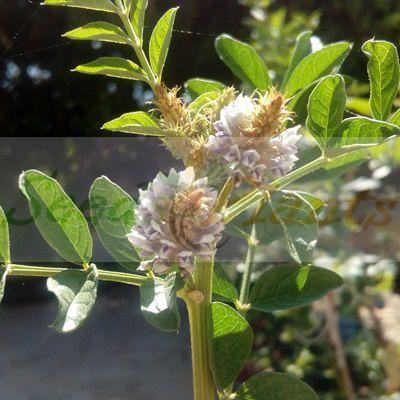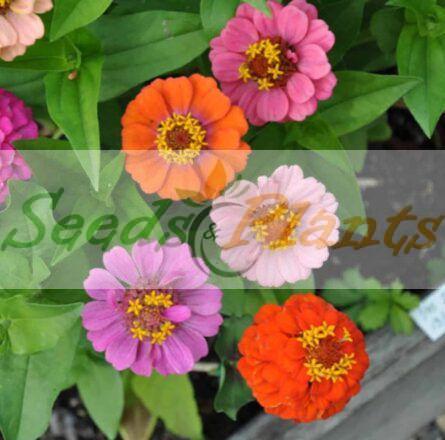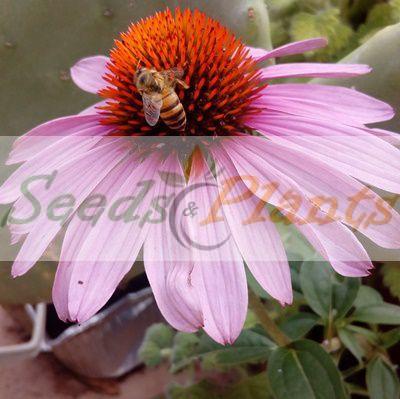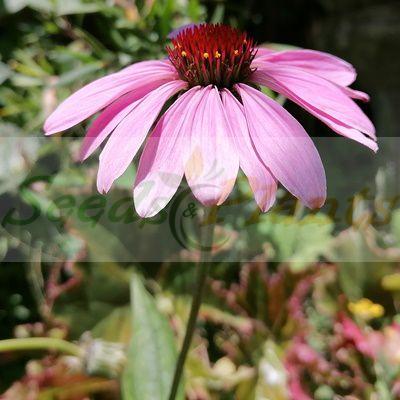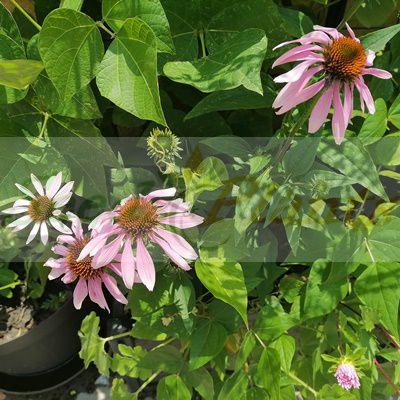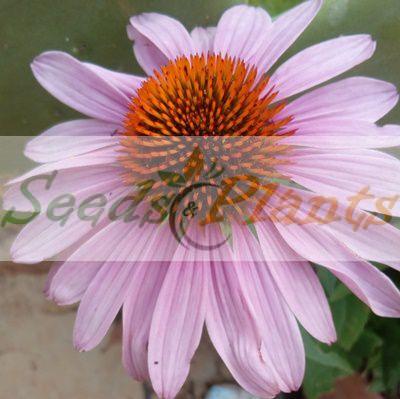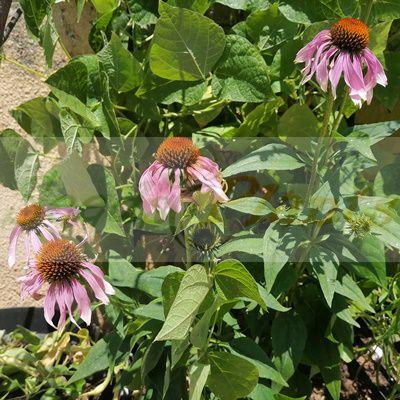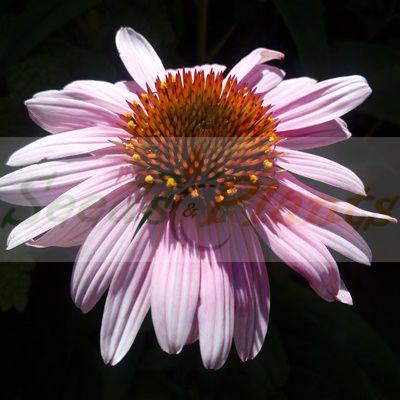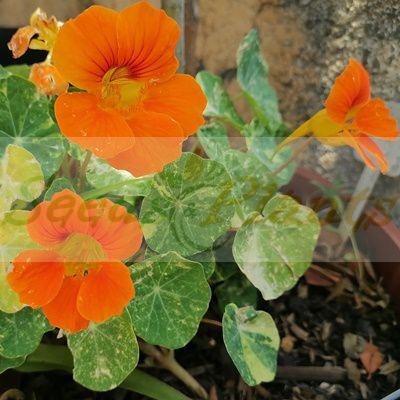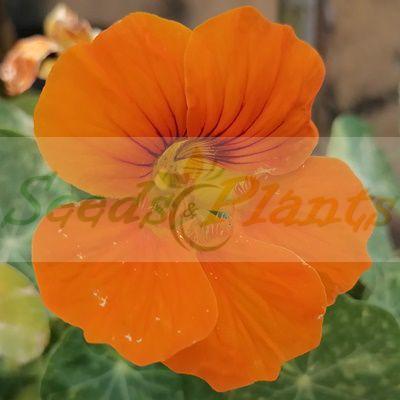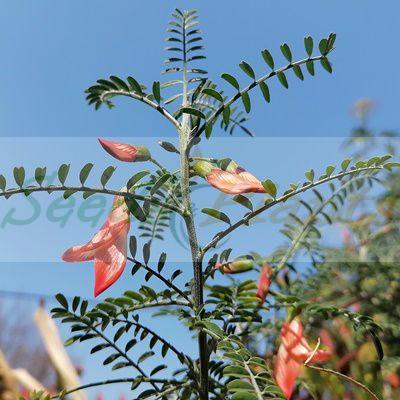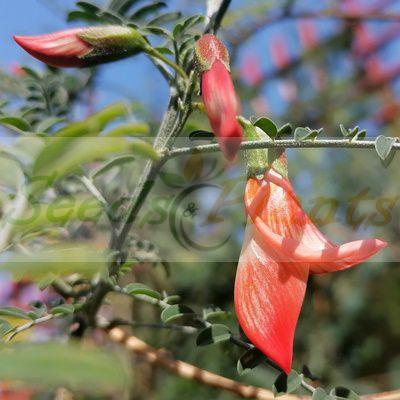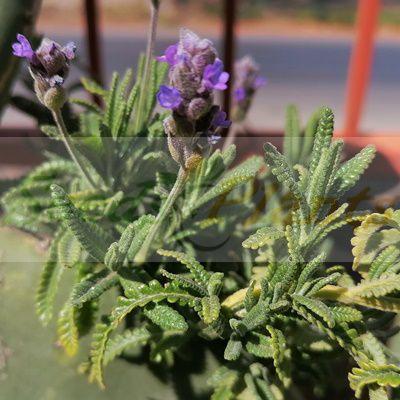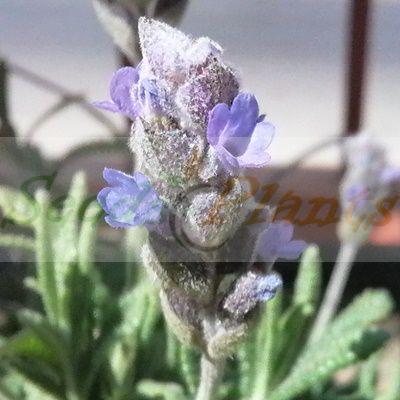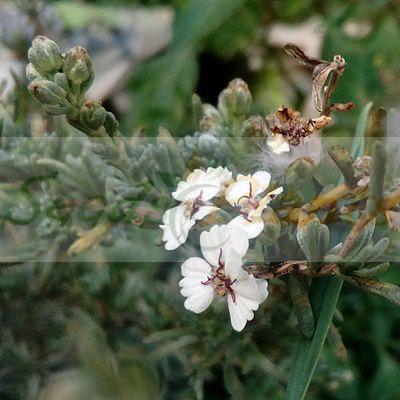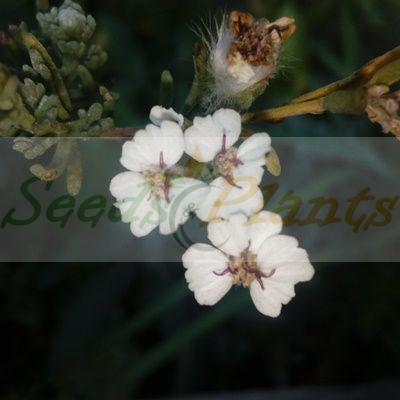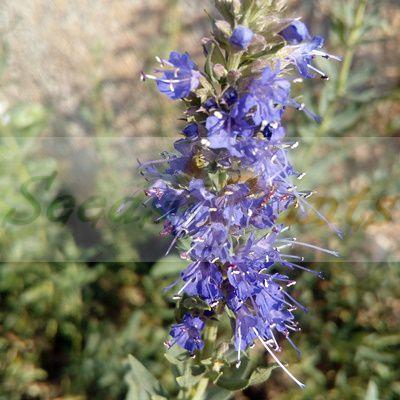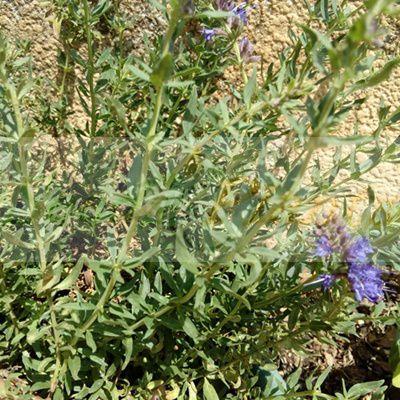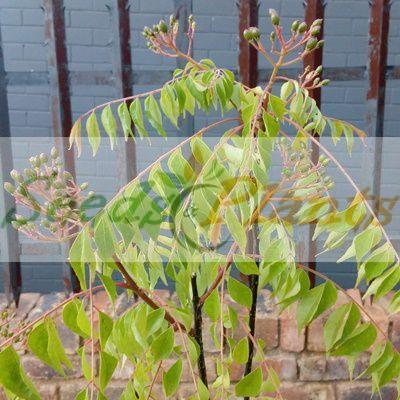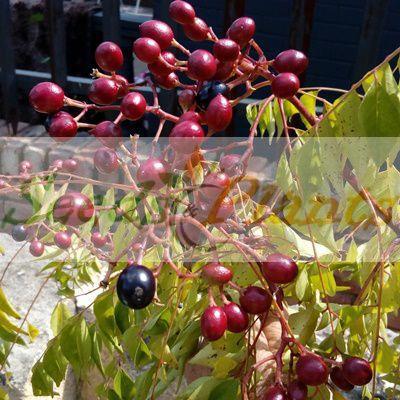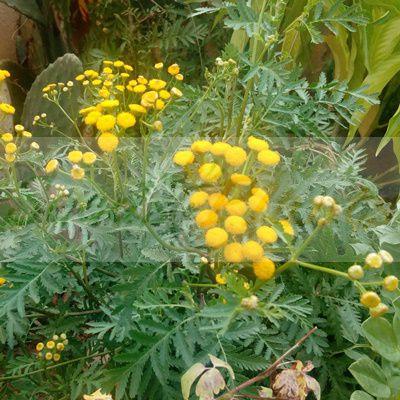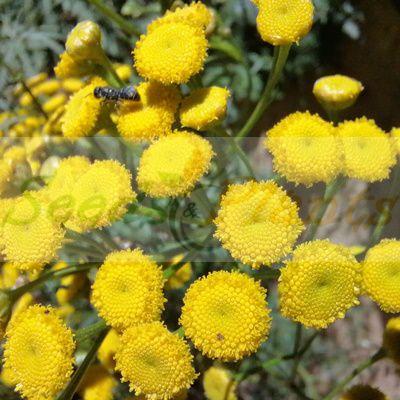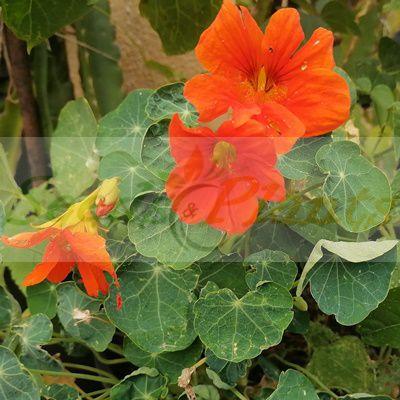🌿 Herbal Quick Facts
Medicinal Info
- 🌍 Origin / Region: North America
- 🌿 Medicinal Part: Flower, Leaf, Root, Stem
- 🍵 Herbal Preparation: Decoction, Extract / Tincture, Infusion / Tea, Juice, Ointments/Creams, Poultice, Syrup
- ⚕️ Healing System: American Traditional Medicine
Growth Traits
- 🌱 Life Cycle: Perennial
- 🦋 Pollinator Method: Attracts Bees, Attracts Birds, Attracts Butterflies
- 🪴 Growth Habit: Clumping, Upright
- 🌸 Flower Color: Pink-Purple
Growing Requirements
- 🌞 Sun Exposure: Full Sun
- 💧 Water Needs: Moderate Water, Water Deeply
- ☀️ Growing Conditions: Drought Tolerant, Frost Tolerant, Heat Tolerant
- 🟤 Soil Preference: Compost Enriched, Tolerant of most soils, Well-Drained
Echinacea purpurea – 10 Seeds
(Purple Coneflower)
R30.00
When in full bloom, Echinacea will attract both butterflies and bees to the garden. The plant also has many medicinal benefits.
Common Names: Purple Cone flower.
Indoor Sowing: Spring – Cold Stratification and then plant the seeds.
Direct Sowing: Autumn and Winter
Only 1 left in stock
🌿 Herbal Quick Facts
Medicinal Info
- 🌍 Origin / Region: North America
- 🌿 Medicinal Part: Flower, Leaf, Root, Stem
- 🍵 Herbal Preparation: Decoction, Extract / Tincture, Infusion / Tea, Juice, Ointments/Creams, Poultice, Syrup
- ⚕️ Healing System: American Traditional Medicine
Growth Traits
- 🌱 Life Cycle: Perennial
- 🦋 Pollinator Method: Attracts Bees, Attracts Birds, Attracts Butterflies
- 🪴 Growth Habit: Clumping, Upright
- 🌸 Flower Color: Pink-Purple
Growing Requirements
- 🌞 Sun Exposure: Full Sun
- 💧 Water Needs: Moderate Water, Water Deeply
- ☀️ Growing Conditions: Drought Tolerant, Frost Tolerant, Heat Tolerant
- 🟤 Soil Preference: Compost Enriched, Tolerant of most soils, Well-Drained
Echinacea purpurea Seeds.
Common Name: Purple coneflower
Echinacea purpurea is an herbaceous perennial up to 120 cm tall by 25 cm wide at maturity. Depending on the climate, it blooms throughout spring to late summer. When in full bloom, Echinacea will attract both butterflies and bees to the garden.
Echinacea purpurea Medicinal Benefits
- In indigenous medicine of the native American Indians, the plant was used externally for wounds, burns, and insect bites, chewing of roots for toothache and throat infections; internal application was used for viral infections, pain, cough, stomach cramps, and snake bites.
- Nowadays the plant is important to the pharmaceutical trade, as it is purported that all parts of the purple coneflower stimulate the immune system.
- Several studies suggest that certain varieties of echinacea, including E. pallida, E. angustifolia, and E. purpurea, are particularly effective at fighting viral infections like influenza.
- Notably, E. purpurea is thought to have immune-boosting effects as well, making it particularly useful for treating viral infections.
Growing Echinacea purpurea
Indoor Sowing: Spring – Cold Stratification and then plant the seeds.
Direct Sowing: Autumn and Winter
- Echinacea Seeds need a cold period or cold stratification, for germination to take place.
- The easiest method is to sow them outdoors in autumn, either in the ground or winter sowing them in pots outdoors. The seeds will then germinate the following Spring.
- If you are going to start seed indoors in Spring, then you must first cold stratify the seeds for 8 to 10 weeks in the refrigerator.
- After the cold stratification period, plant the seeds.
- The plant is fairly drought tolerant once established, but you will need to water your plants throughout the summer if you receive less than an inch of rain each week.
- As native prairie plants, they thrive in hot, dry climates and do not do as well in very humid climates or in rainy areas where the soil stays wet.
- Flower production takes place in the second year of growth..
- Once your plant is at least three years old, you can begin harvesting some of the roots for medicinal purposes.
Does this plant have medicinal uses?
Traditionally, Echinacea purpurea has a history of use in American Traditional Medicine. Seeds are sold for cultivation purposes only.
Disclaimer
Medicinal Information:
All medicinal information on this website is for educational and informational purposes only and may not be construed as medical advice. The information is not intended to replace medical advice or treatment offered by healthcare professionals.
Seeds, Plants, Plant Cuttings, Geophytes and Dried Herbs:
In some countries and provinces, certain plants are deemed as invasive and are not allowed to be planted at all, whilst some plants are allowed to be grown only in certain areas or provinces. The onus is on you as the buyer to familiarize yourself with the regulations pertaining to your location, before purchasing any of our seeds, plants, plant cuttings, geophytes or dried herbs. We will not be held liable, should you purchase any seeds, plants, plant cuttings, geophytes or dried herbs. from us which are prohibited in your country or province.

